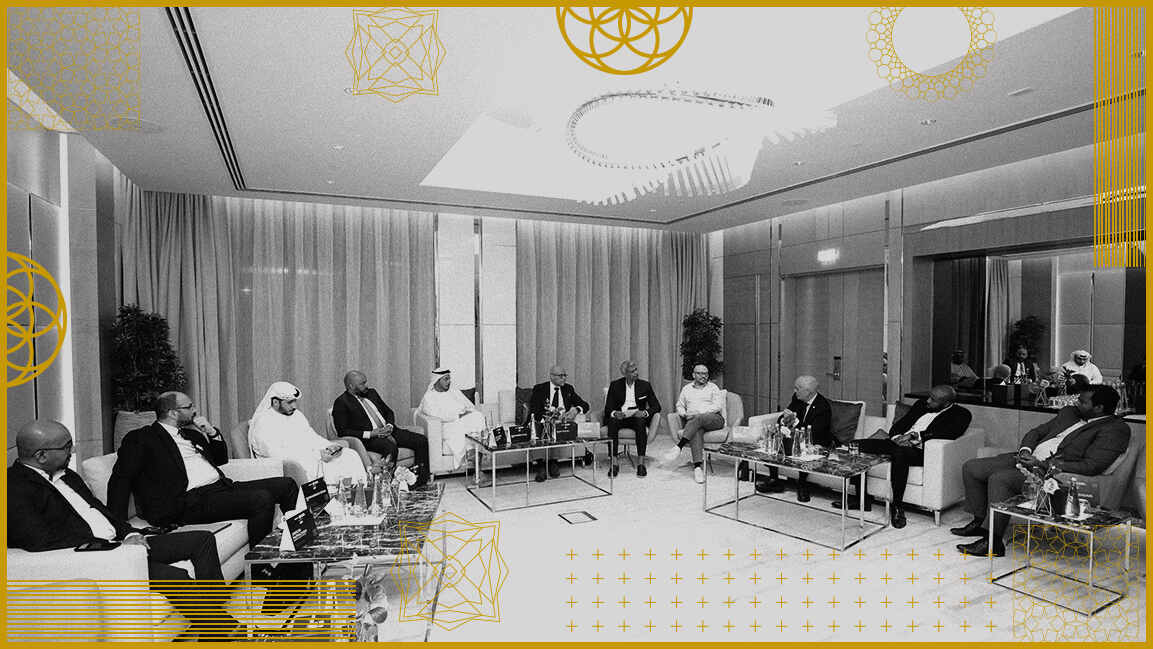Can trust be designed? The Middle East’s fintech bet on inclusion and AI
Making finance intuitive, inclusive, and trustworthy for all

For decades, trust in financial systems was grounded in bank branches, paperwork, and cash transactions. These tangible interactions provided customers with a clear sense of security. Today, trust has evolved into a more nuanced and transformative concept. It is no longer defined by physical touchpoints but by digital experiences that are reliable, intuitive, and user-centric.
The era of one-size-fits-all banking is over. Trust now arises from platforms that are accessible, transparent, and designed with the user in mind. It is evident when systems anticipate needs, simplify complex processes, and empower individuals to manage their finances with confidence. In the contemporary financial landscape, trust has become the definitive measure of an institution’s commitment to serving and including all segments of society.
THE RISE OF EMBEDDED FINANCE
Across the Middle East and North Africa, financial services are undergoing a profound shift. Embedded finance is valued at $11.2 billion in 2024 and projected to reach $37.7 billion by 2029.
“This growth mirrors a changing consumer mindset, accelerated by increased internet and mobile penetration, as users prioritize convenience and seamless experiences,” said Dr. Tariq Bin Hendi, Board Member at Astra Tech and CEO of botim.
Banking is no longer confined to traditional institutions with rigid systems. Instead, it is becoming part of everyday digital platforms that people trust and use daily. The result is a more intuitive and integrated financial experience that adapts to people’s lives rather than forcing them to adapt.
At the core of this transformation lies inclusivity. Historically, access to financial services in the region was limited to those with formal employment or established credit histories, leaving many underserved.
“Embedded finance is changing that, offering more accessible entry points into the financial system,” Hendi explains.
Platforms like botim exemplify this shift. Initially launched as a VoIP application reaching over 150 million global users, botim has evolved into a full-fledged fintech ecosystem through botim money, enabling users to send, spend, save, invest, and manage their finances within an app they already use to stay connected.
While inclusivity lays the foundation, trust is earned over time. Today’s consumers are informed and discerning. They recognize when brands genuinely invest in improving their experience by anticipating needs, simplifying processes, and personalizing interactions.
“Trust doesn’t form overnight, but when inclusivity is paired with consistent, user-first innovation, it grows in meaningful ways,” he adds.
AI IS HERE. BUT WHO IS IT FOR?
When used with intention, AI empowers users by making complexity feel simple through natural, conversational experiences. “It’s not about building flashy platforms for a select few, but solving problems for real people,” says Hendi.
In MENA, AI is advancing rapidly and is projected to reach $166.33 billion by 2030, growing at a CAGR of 44.8% from 2024 to 2030. Yet, sheer growth is not enough. “Innovation for its own sake is hollow. To have impact, businesses must set aside ego and focus on outcomes that truly move the needle. When applied ethically and responsibly, AI becomes a key driver of access and empowerment,” he explains.
This focus on purposeful innovation is reflected in botim’s approach. Its strength lies in its communications-led, AI-native design. “It meets users on a platform they already know. Rather than forcing behavior change, it adapts, learning, evolving, and delivering experiences that feel intuitive, familiar, and human,” Hendi adds.
Beyond communication, AI is also driving financial inclusion. Features such as AI-powered KYC in local languages, voice-enabled transactions, and automated budgeting tools reduce friction, making services accessible even to users with limited financial literacy or formal documentation. “This technology doesn’t just personalize services; it ensures they stay relevant and accessible to a broad, diverse population,” he says.
Technology alone cannot ensure responsible growth. Progress does not happen in isolation. A supportive and collaborative regulatory environment is essential to keep innovation safe, secure, and compliant. “In the UAE, the Central Bank’s fintech licensing framework, and in Saudi Arabia, initiatives like the Financial Sector Development Program, are laying the groundwork for inclusive financial platforms,” Hendi notes.
Yet regulation is only part of the picture. Partnerships rooted in the local context are equally crucial. “Collaborating with regulators and global partners allows us to build systems that are not only innovative but resilient,” Hendi adds.
As convenience, personalization, and accessibility become baseline expectations, trust has emerged as the ultimate differentiator, linking technology, regulation, and partnerships to create meaningful impact.







































